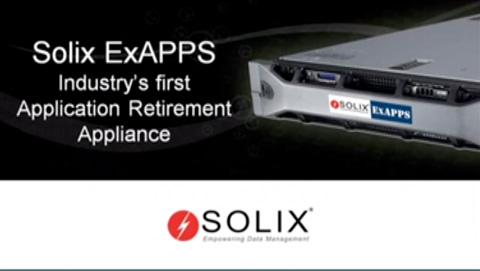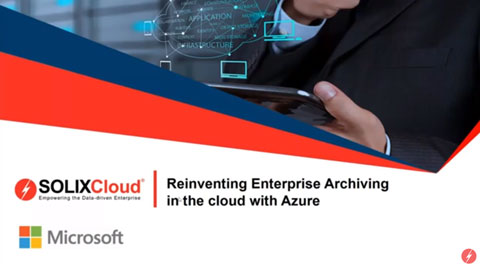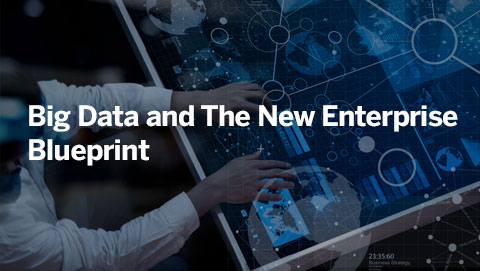Noise Addition
What is Noise Addition?
Noise Addition is a data masking technique that injects random elements into sensitive data, making it challenging for unauthorized users to decipher the information. By adding noise to the data, organizations can protect against internal and external threats, ensuring compliance, such as GDPR. This process doesn’t alter the original data’s format but introduces a layer of complexity, rendering it meaningless without decryption.
How does Noise Addition work?
- Controlled Randomness: It injects controlled, random elements into data, managed to maintain meaning for authorized users while rendering it indecipherable to unauthorized individuals without the proper decryption keys.
- Encryption and Decryption: The process sometimes involves data encryption that transforms original data into a secure, coded format using a unique encryption key. Decryption reverses this process, unlocking encrypted data for authorized users by removing added noise.
- Variable Noise Levels: Organizations can customize noise levels based on security needs, tailoring data protection while ensuring usability. Variable noise adds unpredictability, enhancing data security by obscuring patterns and thwarting potential attacks.
- Dynamic Masking: This method can be implemented dynamically for sensitive data protection. It allows organizations to adjust the masking process in real-time based on contextual factors or evolving data privacy and security needs, enhancing adaptability to changing requirements.

How does Noise Addition work?
Benefits
Noise Addition, as a robust data masking technique, offers a range of benefits that contribute to enhanced security, regulatory compliance, and protection of sensitive information. Let’s explore the advantages of incorporating this technique into your data security strategy:
- Mitigates Data Breaches: Its primary benefit is providing a robust defense against potential data breaches by injecting controlled randomness into sensitive data. This heightened security is crucial in safeguarding against internal and external threats.
- Regulatory Compliance: It serves as a data security solution that aligns with regulations such as GDPR, ensuring that organizations mask sensitive data effectively and adhere to the necessary compliance standards.
- Data Format Preservation: Unlike other data masking methods, it excels in preserving the original data format, maintaining usability across applications, and ensuring seamless integration into existing workflows.
- Scalable Data Protection: Noise Addition suits enterprises with diverse data masking needs. It ensures uniform implementation across large-scale databases, multiple applications, and mixed data formats, offering a scalable and consistent approach to data protection.
- Fine-Tuned Control: Variable noise levels provide organizations with fine-tuned control over the degree of data protection. This granularity enables tailored security measures, optimizing the balance between data security and usability to meet enterprise data masking needs effectively.
- Cross-Functional Integration: It can be seamlessly integrated into various workflows and applications. It preserves original data formats and ensures compatibility with existing systems. It is ideal for organizations with diverse data-driven processes across departments.
Use Cases of Noise Addition
Noise Addition is a versatile data masking technique for security, compliance, and sensitive information protection in critical scenarios. Let’s explore the diverse use cases where it can be instrumental in fortifying data integrity.
- Testing and Development: It is indispensable in non-production environments, enabling the creation of authentic test datasets without exposing sensitive information. This ensures realistic testing while complying with data privacy regulations and reducing breach risks.
- Analytics and Reporting: Masking sensitive data with noise enables confident data analytics for informed decision-making, ensuring confidentiality without compromising privacy or breaching regulations, empowering companies with valuable insights.
- External Sharing: Adding noise to datasets before sharing with external partners safeguards sensitive information integrity during collaborations. This strategy enables secure collaboration without revealing critical details to third parties.
- Enterprise Security Enhancement: Adding noise to various data touchpoints within an organization strengthens enterprise security. This includes securing databases, file repositories, and other data repositories that hold sensitive information.
In conclusion, Noise Addition data masking is a formidable tool for safeguarding sensitive information. Its ability to inject random data ensures confidentiality while facilitating collaboration. From protecting testing environments to facilitating secure collaborations and enhancing overall enterprise security, it is a versatile solution in the dynamic landscape of data security and privacy. Noise addition is a reliable safeguard as organizations navigate complex security landscapes.
FAQs
In what scenarios is noise addition commonly employed?
Noise addition finds application in various domains, including healthcare, finance, and telecommunications, where protecting sensitive data is critical. It’s instrumental in data sharing or analysis scenarios while preserving individual privacy.
How does noise addition differ from traditional data encryption methods?
Noise addition differs from encryption by obscuring data rather than transforming it into ciphertext. While encryption secures data through mathematical algorithms, noise addition introduces randomness to enhance privacy without altering data structure.
Can noise addition techniques be tailored to specific privacy requirements or data types?
Noise addition techniques can be customized to accommodate varying privacy requirements and data characteristics. Organizations can adjust noise parameters based on the sensitivity of data and specific privacy preservation goals.





